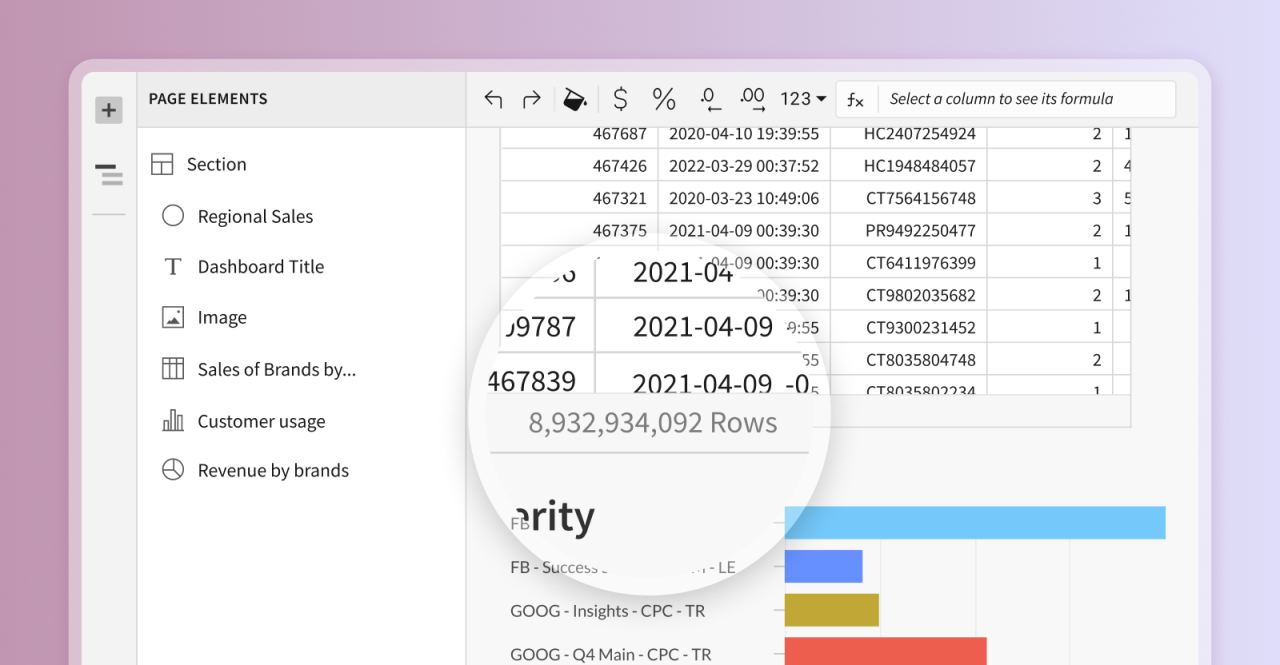Understanding the Different Types of Software: A Comprehensive Guide introduces you to the diverse landscape of software solutions that power our digital lives. Whether you’re an aspiring developer, a business owner, or simply a tech enthusiast, grasping the various types of software is essential for navigating today’s technology-driven world. From applications that simplify our daily tasks to complex systems that drive enterprise solutions, this guide will shed light on the distinctions and functionalities that make each type unique and vital.
As we explore the different categories of software, we’ll delve into their purposes, uses, and the impact they have on our everyday interactions with technology. This comprehensive overview aims to provide clarity on software types ranging from system software to application software, and even specialized software designed for niche industries. By understanding these categories, you will be better equipped to make informed decisions whether you’re selecting software for personal use or for your organization.
In today’s fast-paced world, where information is at our fingertips, the importance of effective communication cannot be overstated. Whether you’re a professional navigating the corporate landscape, a student aiming for academic excellence, or simply someone looking to connect with others, honing your communication skills is essential. This article delves into the nuances of communication, exploring its different forms, the significance of non-verbal cues, and tips to enhance your communicative prowess.Communication, at its core, is the act of conveying information from one entity to another.
This can take many forms, including verbal, written, visual, and non-verbal communication. Each form has its unique characteristics and applications. For instance, verbal communication, which includes spoken language, is often the most direct way to share ideas. However, the effectiveness of verbal communication can be significantly influenced by the speaker’s tone, clarity, and even their choice of words.Written communication, on the other hand, offers a different avenue for expression.
It allows for the careful crafting of messages and provides the recipient with the opportunity to process information at their own pace. This form of communication is especially prevalent in professional settings where emails, reports, and memos are common. However, it can sometimes lead to misunderstandings if the intended tone is not effectively conveyed.Visual communication plays a crucial role as well.
This includes the use of images, graphs, and charts to represent information. In our increasingly digital world, visual elements can enhance understanding and retention of information, making complex ideas more accessible. The rise of social media platforms has only amplified the importance of visual communication, as users often rely on images and videos to convey messages quickly and effectively.While the aforementioned forms of communication are vital, we must not overlook the power of non-verbal communication.
Body language, facial expressions, gestures, and even eye contact can speak volumes, often conveying feelings and intentions that words alone cannot express. Understanding these non-verbal cues can greatly enhance interpersonal communication, allowing for a deeper connection and mutual understanding.To improve your communication skills, consider the following tips:
1. Active Listening
One of the most important aspects of effective communication is actually listening. When engaging in a conversation, focus on what the other person is saying rather than formulating your response while they speak. Acknowledging their points through nods or verbal affirmations can also convey that you are present and engaged.
2. Be Clear and Concise
Whether speaking or writing, aim for clarity. Avoid jargon or overly complex language that could confuse your audience. The goal is to ensure that your message is easily understood. Being concise also respects the time of your audience, making it more likely they will remain engaged.
3. Adjust Your Tone

Your tone can drastically impact how your message is received. Be mindful of your delivery, especially in written communication where tone can easily be misinterpreted. Consider your audience and adjust your tone accordingly—what works in a casual conversation may not be appropriate in a formal business setting.
4. Practice Empathy
Understanding your audience’s perspective is key to effective communication. Try to see things from their point of view and tailor your message to resonate with their experiences and emotions. Empathy enhances connection, making your communication more impactful.
5. Enhance Your Non-Verbal Cues
Pay attention to your body language. Open gestures, maintaining eye contact, and an approachable posture can enhance your message and convey confidence. Likewise, be observant of others’ non-verbal cues to gain deeper insights into their feelings and reactions.
6. Seek Feedback
After communicating, whether in a meeting, presentation, or casual chat, seek feedback to understand how your message was received. This can help you refine your approach and address any potential misunderstandings in the future.
7. Continuous Learning
Communication is a skill that can always be improved. Engage in workshops, read books on effective communication, or even take courses that focus on public speaking or interpersonal skills. The more you practice and learn, the better you will become.Effective communication is not just about exchanging information; it’s about creating connections and fostering understanding. By mastering the various forms of communication and being mindful of both verbal and non-verbal cues, you can enhance your ability to connect with others.
Whether in your personal or professional life, strong communication skills can lead to more meaningful interactions, better relationships, and greater success.In conclusion, the art of communication is a multifaceted skill that requires attention, practice, and a willingness to grow. By focusing on clarity, empathy, active listening, and the effective use of both verbal and non-verbal communication, you can significantly improve your ability to convey messages and connect with others.
Remember, every conversation is an opportunity to learn and to share, so embrace the challenge and continue to develop your skills. With dedication and effort, you can become a more effective communicator, leaving a positive impact on those around you.



